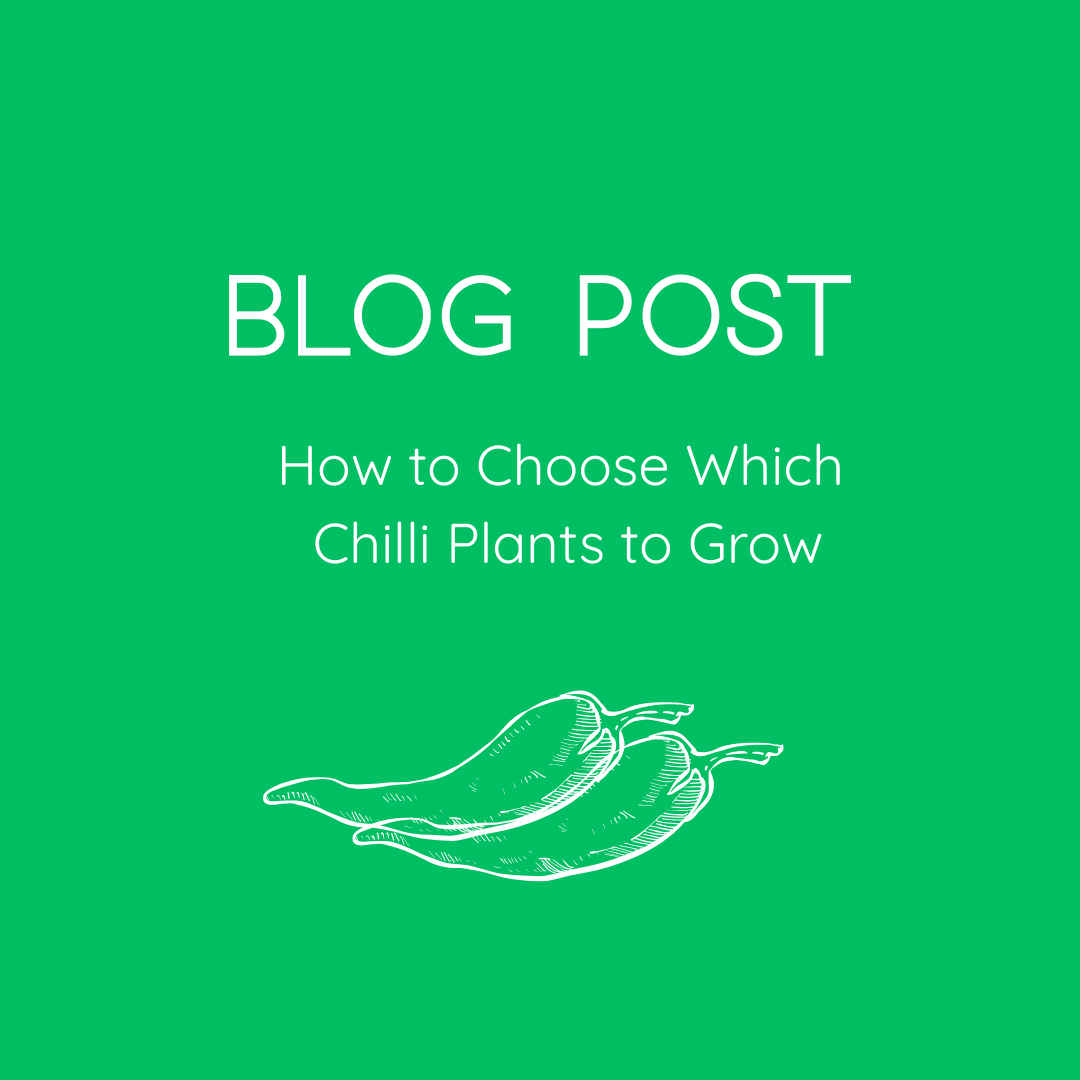Lettuce is one of the most satisfying crops to grow at home, whether you’re tending a sprawling garden or a few pots on your windowsill. It’s perfect for both gardening novices and seasoned pros, offering fresh, crisp leaves that can elevate any meal. Beyond its versatility, lettuce comes in a variety of flavours and textures, making it a delightful addition to your self-sufficient living goals.
This guide will take you through every step of growing lettuce, from planting and care to harvesting and managing pests. Roll up your sleeves and get ready to experience the joy of growing your own greens!
When to Plant Lettuce
Timing plays a key role in successfully growing lettuce. Here’s how to get it just right:
- Early Planting: Start sowing seeds under cover from February for planting outdoors in April. Alternatively, wait until March to sow seeds directly in the garden.
- Succession Planting: To ensure a continual harvest, sow small batches of seeds monthly through autumn. Succession planting prevents waste and ensures fresh lettuce all year.
- Winter Varieties: Opt for hardy winter varieties and sow them in August. With a polytunnel or greenhouse, you’ll enjoy fresh greens even in the middle of winter!
If you’re starting with seedlings, plant them 15–30cm apart in well-prepared soil or containers. Water regularly and keep the area weed-free to help your lettuce thrive.
Planting Lettuce
Every tiny seed holds the potential for a bountiful plant, so sow carefully to avoid waste or oversupply. Begin by estimating how much lettuce your household typically uses in a month. “Cut and come again” varieties are a great option for flexibility, allowing you to harvest individual leaves as needed. Here’s how to get started:
Steps for Sowing Lettuce Seeds
- Prepare the Soil
Choose a cool, north-facing bed to shield your plants from harsh heat. Enrich the soil with organic matter, and rake it finely to create the ideal sowing environment.
- Sow the Seeds
For direct sowing, create shallow drills about 1cm deep. Water the drills during warm, dry weather to cool them before sowing. Space seeds roughly 2cm apart and cover lightly with fine soil or compost.
- Evening Sowing
If temperatures are high, sow seeds in the cooler evening hours to encourage germination.
- Care for Seedlings
Once the seedlings are about 2–3cm tall, thin them out to ensure ample space (15–30cm apart). The thinnings can be enjoyed as baby greens or transplanted to another part of the garden.
Alternatively, start seeds indoors in trays or modules. Once the seedlings are strong enough, transplant them to your garden on a cool, damp day to minimise stress.
Growing Lettuce in Containers
Limited space? Lettuce thrives in containers, making it perfect for balconies or patios. “Cut and come again” varieties are ideal, as they allow you to harvest as needed.
Tips for Container Success
- Partial Shade
Place containers in a shaded spot to keep the soil cool and prevent bolting.
- Adequate Depth
Use pots with enough depth to prevent overheating.
- Rich Soil
Fill containers with peat-free compost mixed with garden soil or your homemade compost for nutrient-rich conditions.
Position your pots near your kitchen or back door for quick and easy access when prepping meals.
How to Care for Lettuce
Lettuce is straightforward to grow but needs consistent care to flourish.
Watering
Lettuce has shallow roots and can quickly dry out, especially during hot or dry weather. Water regularly to keep the soil consistently moist but not soggy. Add mulch to lock in moisture, boost fertility and keep weeds at bay.
Pair Planting
Lettuce pairs well with slow-growing crops like brassicas or potatoes. Plant it among these vegetables to make the most of partial shade while maximising space.
Harvesting Lettuce
One of the joys of growing lettuce is how quickly it’s ready to eat.
- Baby Leaves
Start harvesting individual leaves around six weeks after sowing. Continue picking leaves over the next three months.
- Hearting Lettuce
For varieties that develop hearts, allow approximately 10 weeks to mature. Once ready, they can hold for up to a month, weather permitting.
Pro Tip
If you see a central stem forming, your lettuce is starting to bolt. Harvest immediately to avoid bitterness.
Dealing with Pests and Diseases
Sadly, lettuce isn’t just loved by humans. Many pests and diseases may affect your crop, but with some preventative care, you can keep potential problems at bay.
Common Pests
- Slugs and Snails
Protect seedlings with barriers like seaweed granules or slug traps. Conduct night checks and remove pests by hand if needed.
- Aphids
Watch for greenfly and squash them before they spread. Encourage natural predators like ladybirds and lacewings by planting pollinator-friendly flowers.
- Root Aphids
Rotate your lettuce crops annually to avoid a build-up of root aphids.
Common Diseases
- Grey Mould
Avoid wetting leaves when watering, and ensure greenhouse plants are well-ventilated to reduce the risk of fungal infection.
- Downy Mildew
Choose disease-resistant varieties and promptly remove infected foliage. Increase air circulation to manage the spread.
- Leaf Viruses
Remove any diseased plants quickly and rotate crops to mitigate contamination.
Seasonal Checklist for Growing Lettuce
Keep your lettuce patch productive year-round with this seasonal guide:
- Spring: Start seeds under cover in February or direct sow in March.
- Summer: Sow monthly, thin rows and ensure plants are well-watered.
- Autumn: Plant winter lettuces under cover for a year-round supply.
- Winter: Harvest protected crops regularly from beds or containers.
Frequently Asked Questions
- Does lettuce need full sun?
Lettuce thrives in partial shade. Too much sun can cause bolting, so aim for 4–6 hours of sunlight daily.
- Can lettuce be grown indoors?
Yes! Baby salad leaves do well on a sunny windowsill. However, full-sized lettuces require more light and space.
- How can I stop lettuce from bolting?
Stress from heat or drought triggers bolting. Provide consistent watering, partial shade, and nitrogen-rich soil to delay the process.
- How long does it take to grow lettuce?
Baby leaves are ready in six weeks, while hearting lettuce takes 10–12 weeks to mature.
Start Growing Today!
Growing lettuce is an enjoyable and rewarding way to elevate your meals and reduce food waste. Whether in garden beds or containers, the crisp, fresh taste of home-grown lettuce is unbeatable. You’ll love the sense of self-sufficiency and the pride in harvesting greens you planted yourself.
Grab your tools, prep your soil, and start growing today. Happy gardening! 🌱
Further Reading: The Importance of Growing Your Own Food, Freshen Up Your Winter Diet with these Garden Salads, The Art of Companion Planting












